World Heritage Sites
World Heritage Sites are declared by the United Nations Educational, Scientific and Cultural Organisation (Unesco) to recognise and preserve outstanding places of cultural and natural heritage. World Heritage Sites include places like the Great Barrier Reef in Australia, the Pyramids in Egypt, the Great Wall of China and the Taj Mahal in India.
The Cradle of Humankind was declared a World Heritage Site in 1999 specifically because of its contribution to our knowledge about the birth of humankind. Here’s Unesco’s are listings in South Africa:
Cultural (5)
- Fossil Hominid Sites of South Africa (1999,2005)
- Mapungubwe Cultural Landscape (2003)
- Richtersveld Cultural and Botanical Landscape (2007)
- Robben Island (1999)
- ǂKhomani Cultural Landscape (2017)
Natural (4)
- Barberton Makhonjwa Mountains (2018)
- Cape Floral Region Protected Areas (2004,2015)
- iSimangaliso Wetland Park (1999)
- Vredefort Dome (2005)
Mixed (1)
- Maloti-Drakensberg Park (2000,2013)
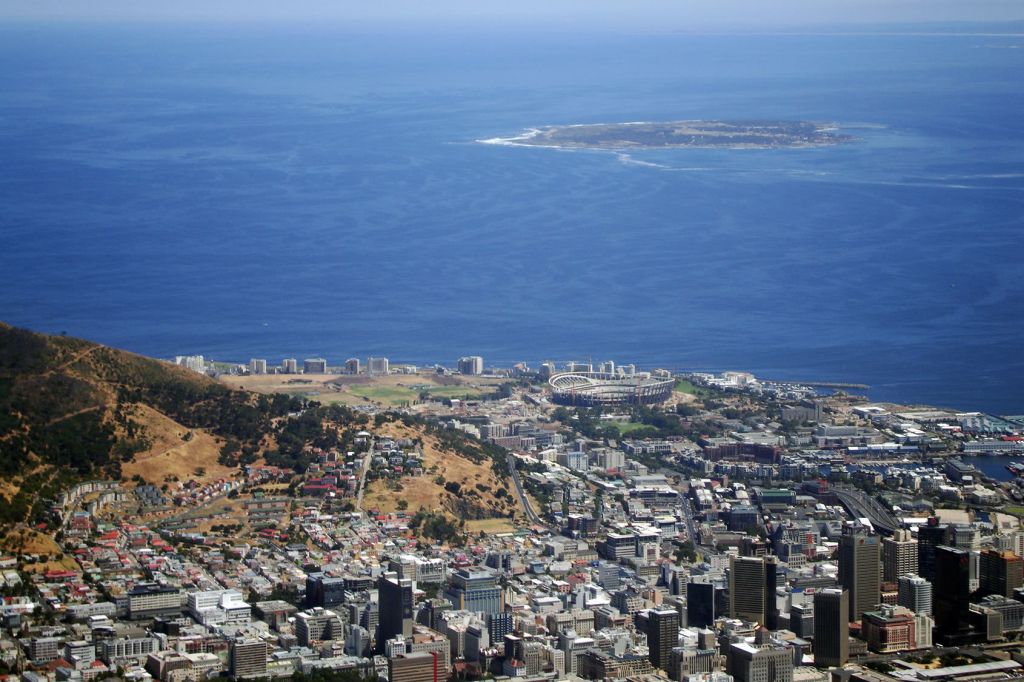
Robben Island (1999)
Robben Island served alternately as a prison, a hospital and a military base between the 17th and 20th centuries, and is now an island-museum.
Its maximum-security prison which used to house political prisoners during the apartheid era such as Nelson Mandela, South Africa’s first democratic president, today bears testament to the victory of democracy over apartheid and oppression.
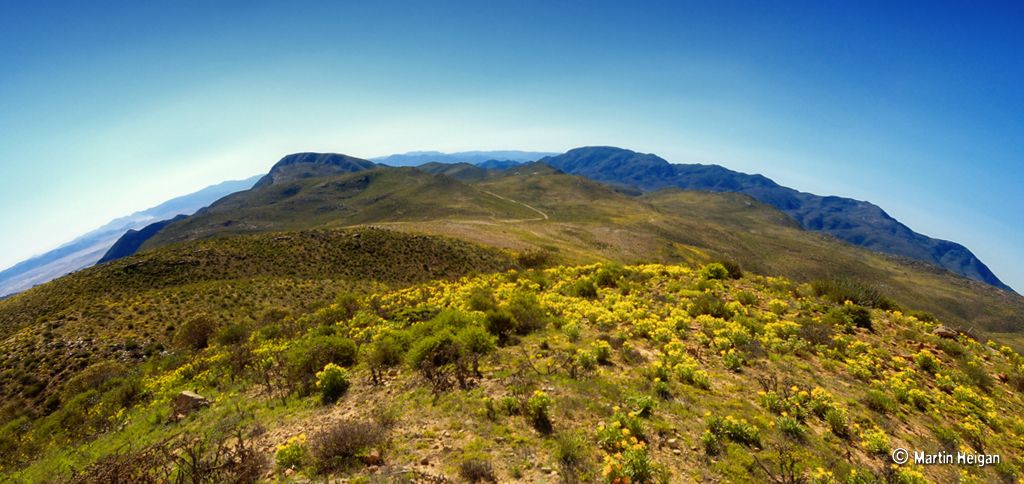
Cape Floral Region (2004)
The Cape Floral Region of South Africa contains the unique fynbos biome, and is one of the richest floral areas in the world.
It comprises eight protected areas covering 553 000 hectares, which include 20% of Africa’s flora.
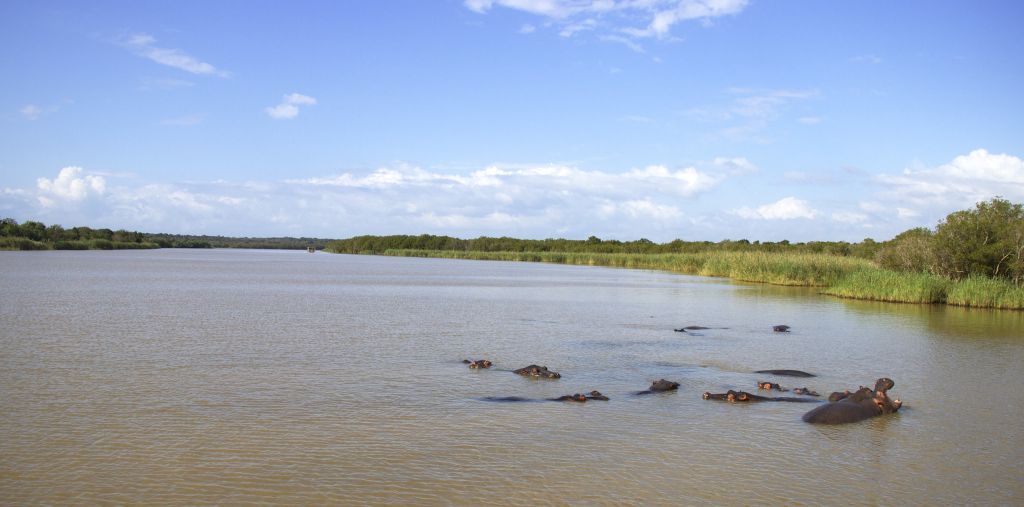
iSimangaliso Wetland Park (Greater St Lucia Wetland Park) (1999)
This 234 566-hectare site includes key habitats for a variety of species, from marine to wetland and savannah. It contains a diversity of landforms and ecosystems that are a result of a mixture of a continuous fluvial (found in a river), marine and aeolian (relating to wind action) systems.
The site has more than 520 bird species, wide submarine canyons, sandy beaches, and is home to wetlands, grasslands and forests.
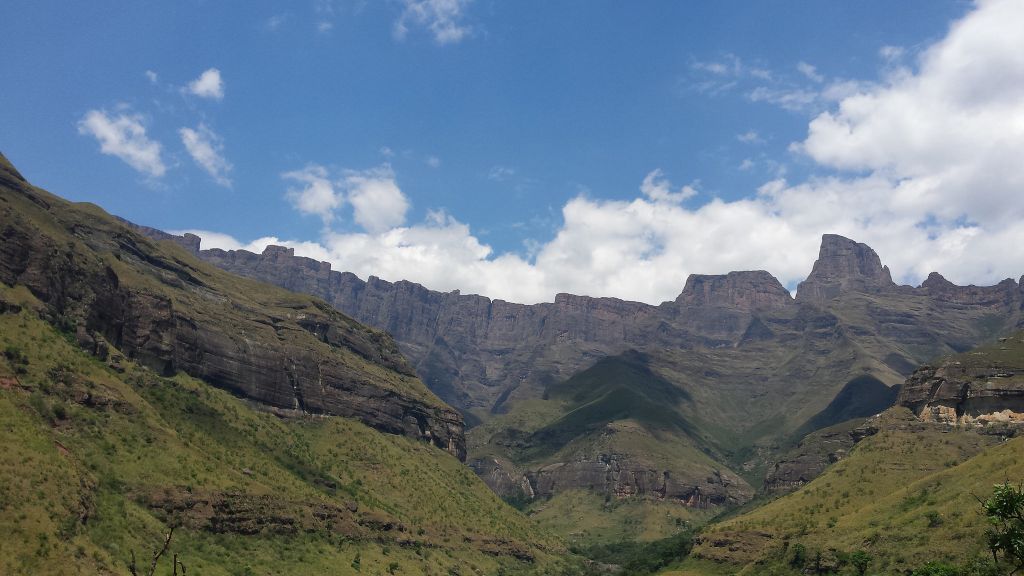
uKhahlamba/Drakensberg Park (2000)
The uKhahlamba Drakensberg Park contains the largest group of rock paintings by the San people found in Southern Africa. The basaltic walls, sandstone ramparts, lush grasslands and spotless river valleys all contribute to this exceptionally beautiful site, which was declared a World Heritage Site for cultural as well as natural importance.
The diverse habitats protect endemic and internationally threatened species, particularly birds and plants.
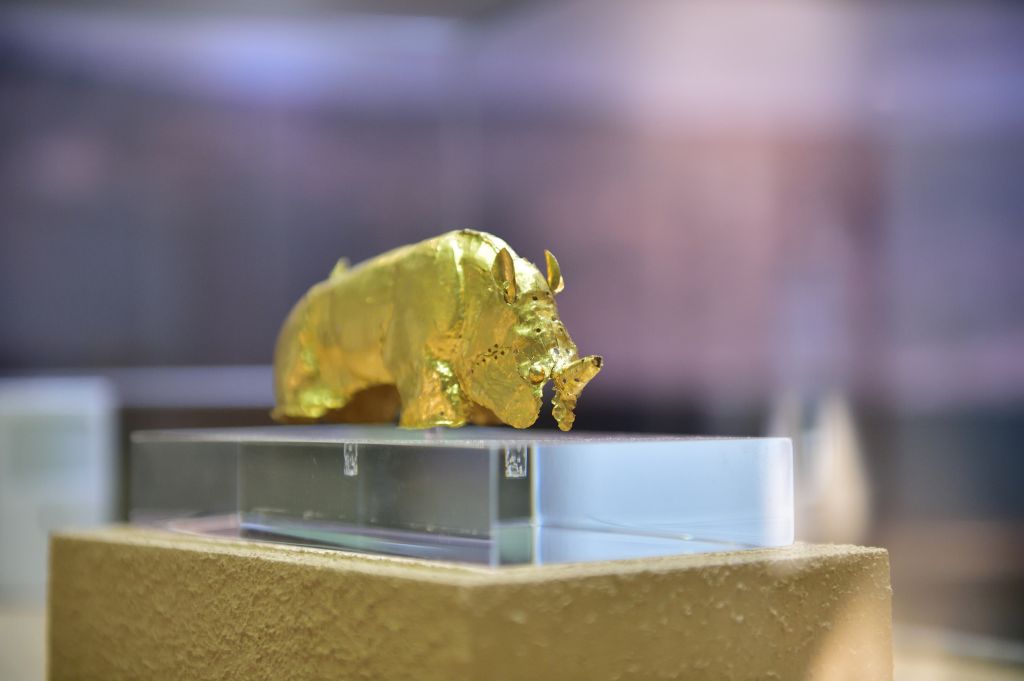
Mapungubwe Cultural Landscape (2003)
The Mapubungwe Cultural Landscape reflects some of the cultural and social changes that took place in Southern Africa between AD900 and AD1300. At its peak, Mapubungwe was the largest kingdom on the continent, trading with Arabia and India via East African ports.
Mapungubwe’s remains demonstrate the effects of climate change and record the growth and decline of the kingdom. Mapungubwe’s most famous artefact is a golden rhino, which has become an iconic symbol of the once-wealthy African kingdom which lived here more than 1000 years ago.
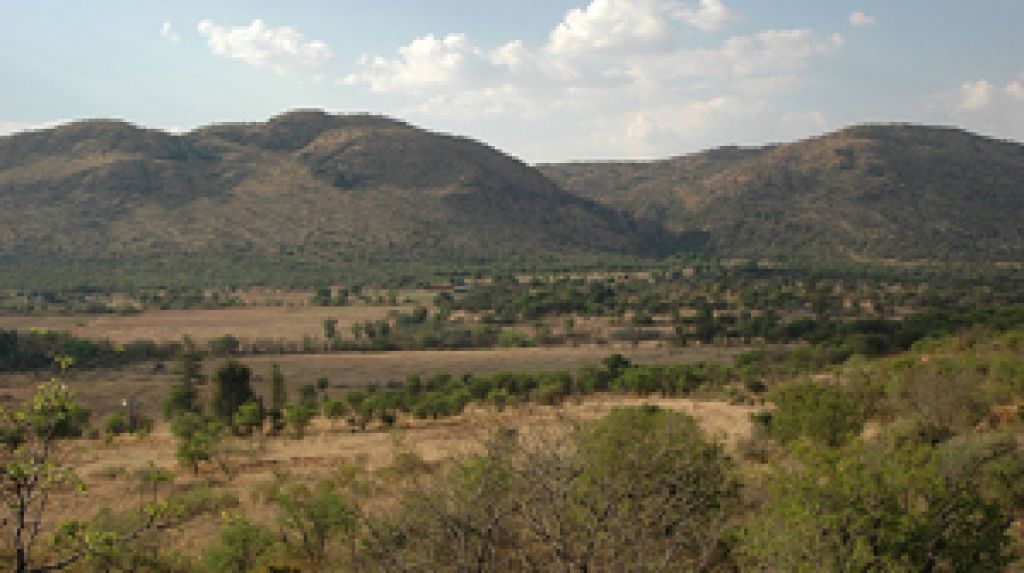
Vredefort Dome (2005)
The Vredefort Dome is the oldest, largest and most eroded astrobleme (meteorite impact structure) on Earth, dating back 2023-million years. Located about 120km (75mi) south-west of Johannesburg and lying partly in the Free State and partly in the North West provinces, this is where the greatest energy release event on Earth took place, leaving behind a crater with a radius of 190km (118mi).
Cradle of Humankind (1999 & 2005)
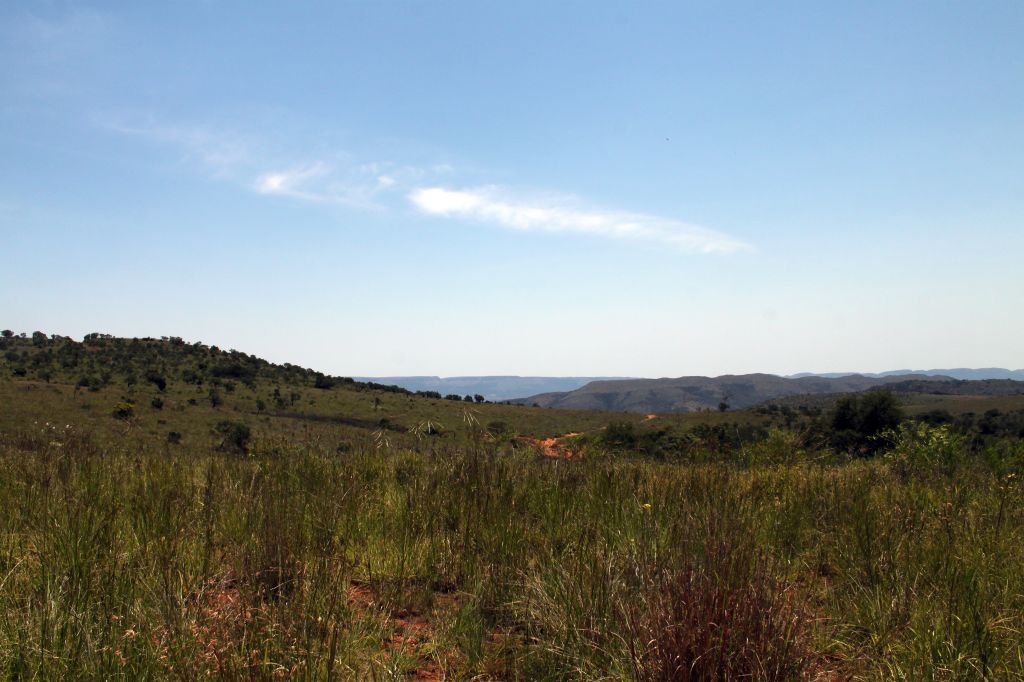
Much of what we know about our origins has been learnt from fossils of our ancestral species and their relatives, known as hominids.
The original Cradle of Humankind World Heritage Site (excluding Taung and the Makapans Valley) stretches over an area of about 470 km2 (290 mi2) that is dotted with about 300 caves. Inside these caves, palaeoanthropologists have discovered thousands of fossils of hominids and other animals, dating back about 4-million years, to the birth of humankind. The most famous of these fossils are “Mrs Ples”, a skull which is more than 2-million years old, and “Little Foot”, a skeleton which is between 4-million and 3-million years old.
Archaeological finds at the Cradle of Humankind include 1.7-million-year-old stone tools, the oldest recorded in Southern Africa. At Swartkrans, near Sterkfontein, a collection of about 270 burnt bones tells us that our ancestors could manage fire more than 1-million years ago.
This early technological innovation helped these hominids to keep themselves warm and to cook, thus expanding their diet. Today, through harnessing the power of fire, we can take ourselves from one side of the world to the other and beyond…
Sterkfontein is one of many palaeontological sites in the Cradle of Humankind – all together, there are 15 sites which make up the World Heritage Site.
Bolt’s Farm: 20 caves with antelope, baboon, sabre-toothed cats and rodents, some of which are between 5-million and 4-million years old.
Swartkrans:Paranthropus robustus, Homo ergaster, baboons, leopards, sabre-toothed cats, hyenas and antelope. Evidence of the earliest controlled use of fire in Southern Africa, and some of the earliest evidence of controlled use of fire anywhere in the world.
Sterkfontein: One of the world’s richest hominid sites. Finds include Australopithecus africanus and an almost complete Australopithecus skeleton.
Minnaar’s Cave: Animal fossils include a jackal skull.
Cooper’s Site: Notable for diverse fauna including pigs, carnivores, antelope and Paranthropus robustus.
Kromdraai: The first specimen of Paranthropus robustus was discovered at this site by a schoolboy, Gert Terblanche, in 1938. The site at which this fossil was discovered (known as “KB”) dates to at least 1.95-million years ago. “KA” is a separate site, associated primarily with the activities of sabre-tooth cats such as Dinofelis.
Plover’s Lake: Abundant fauna including baboon, antelope and an extinct form of zebra. Part of the site was probably a leopard lair. Middle Stone Age deposits with artefacts have been excavated recently.
Wonder Caves: Spectacular cave formations. Fossils include rodents, frogs, lizards and birds.
Drimolen: 92 hominid specimens have been discovered here, including Paranthropus robustus and early Homo.
Motsetse: Site with well-preserved fauna, including a sabre-tooth cat.
Gladysvale: Rich fossil site with clear stratigraphy (levels). Two hominid teeth, much fauna and plant remains up to 3-million years old.
Haasgat: Variety of early monkeys.
Gondolin: Many fossils, including an enormous molar tooth of Paranthropus robustus. About 90,000 fossil specimens have been discovered here since 1979.
Makapans Valley: Wealth of animal and hominid fossils stretching back more than 3-million years. The Makapans Valley was declared part of the Cradle of Humankind World Heritage Site in 2005, and is about 300 km (185 mi) from Sterkfontein, near Mokopane in Limpopo Province.
Taung: The Taung Skull Fossil Site is where the Taung Child, the type-specimen of Australopithecus africanus, was found in 1924. The site is in the North West Province, approximately 300 km (185 mi) west of Johannesburg. It was declared part of the Cradle of Humankind World Heritage Site in 2005, along with the Makapans Valley.
The Cradle of Humankind has links to other World Heritage Sites that also have important fossil remains relating to hominid evolution, including the Sangiran Early Man Site in Java, Indonesia; Zhoukoudian, People’s Republic of China; the Lower Valley of the Awash, Ethiopia; the Lower Valley of the Omo, Ethiopia; and Olduvai Gorge and Laetoli, Tanzania.
ǂKhomani Cultural Landscape (2017)
The ǂKhomani Cultural Landscape was named a World Heritage Site last year, making it the newest addition to South Africa’s list. The area is located on South Africa’s border with Botswana and Namibia and includes part of the Kgalagadi Transfrontier Park.
“The large expanse of sand contains evidence of human occupation from the Stone Age to the present and is associated with the culture of the formerly nomadic ǂKhomani San people and the strategies that allowed them to adapt to harsh desert conditions,” Unesco notes.
“The ǂKhomani Cultural Landscape bears testimony to the way of life that prevailed in the region and shaped the site over thousands of years.”